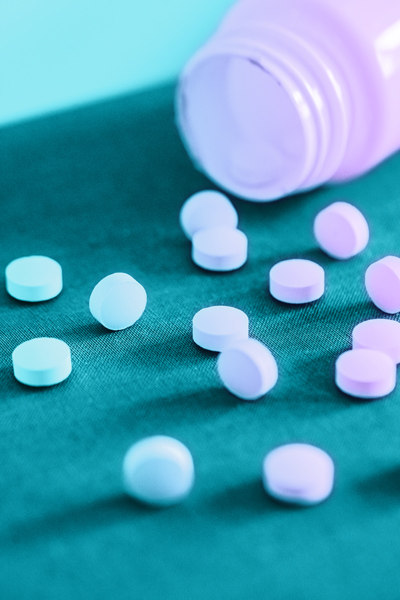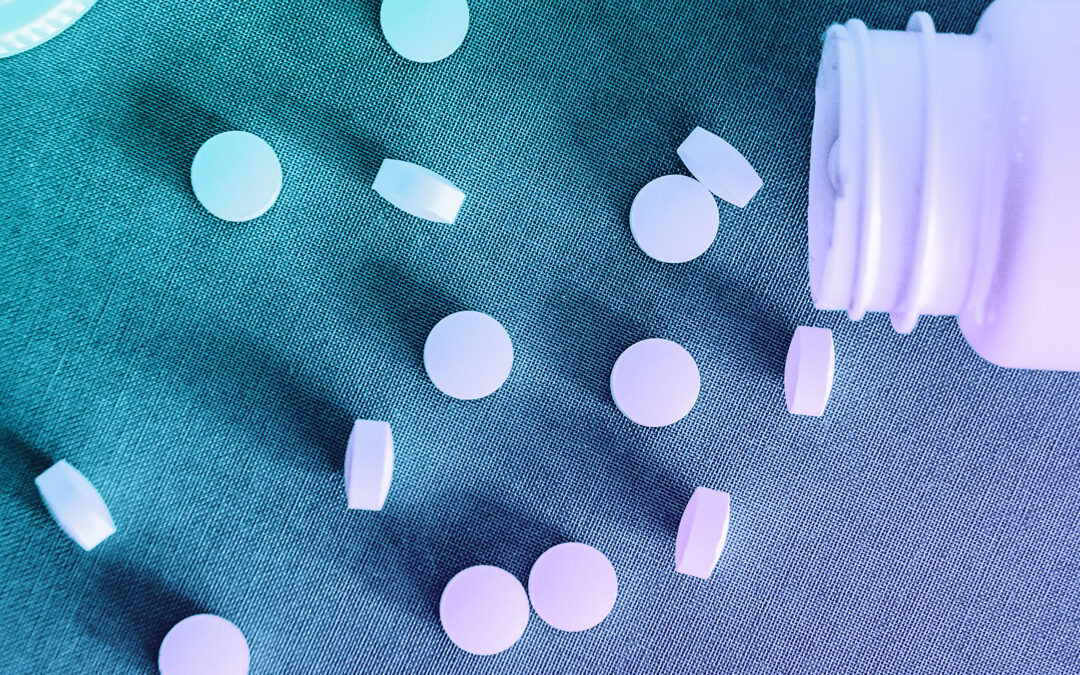Everything You Need To Know About Tramadol
Tramadol is a synthetic opioid that acts on the central nervous system to kill pain. Because of its classification as an opioid, it closely resembles opium in terms of its addictive properties and psychological effects. Similar to other opioids, such as fentanyl, morphine and oxycodone, tramadol acts on the central nervous system to relieve pain.
Although research has shown that tramadol has a low opioid content and is therefore safer than traditional opioid drugs, this can result in a tendency to prescribe the drug to individuals who are more likely to become addicted to it. All synthetic opioids have a powerful impact on the body and mind, making them highly addictive and likely to result in abuse.

What Is Tramadol?
Tramadol is a Schedule IV controlled substance that is used to treat moderate to severe pain, typically prescribed after an operation or serious injury. It can also be prescribed if you’re experiencing pain that isn’t responding to weaker painkillers. Tramadol is available in tablet, capsule and liquid form, and it can also be given by injection in the hospital. According to the World Health Organization, immediate-release forms of tramadol are rapidly absorbed into the bloodstream, and effects are usually felt within 1-4 hours. On the other hand, the effects of extended-release tramadol are felt within 4-6 hours.
Tramadol mimics feel-good hormones in your brain called endorphins, which are responsible for diminishing pain perception and increasing feelings of well-being. Endorphins bind to opiate receptors in the brain and prevent neurons from sending pain signals to the brain. Tramadol binds to the same receptors, therefore decreasing the amount of pain that your brain thinks you’re experiencing. Similar to oxycodone and hydrocodone, tramadol increases feelings of pleasure and can create a “high” when consumed in large doses.
In certain cases, however, tramadol behaves differently than traditional opioids. In addition to activating opioid receptors, it also increases the concentration of neurotransmitters such as norepinephrine and serotonin in the brain. This contributes to the “high” that often accompanies tramadol.
What Are the Side Effects?
Similar to other prescription painkillers, tramadol’s most common mental and physical side effects include:
- Nausea and vomiting
- Slow breathing and heart rate
- Depression and anxiety
- Lowered inhibitions and risky behavior
- Confusion
- Inability to concentrate or focus
While most of tramadol’s side effects are mild and should resolve themselves in a few days or weeks, it’s important to contact your doctor or seek emergency medical treatment if these symptoms don’t go away. You should also seek help if you experience more severe side effects, such as seizures, difficulty breathing or loss of consciousness.
Is Tramadol Safe?
Although tramadol was initially considered to be a safe option for managing pain, recent research has shown that it can have the potential for addiction, especially for those who have a past history of opioid abuse. If an individual develops an addiction to tramadol, this can lead to overdose or even death.
In addition to its addiction potential, tramadol can also lead to physical dependence. A 2016 article published in Drug and Alcohol Dependence described how tramadol affects the GABA pathway in the brain. When this pathway is stimulated, it causes neuronal activity to decrease and therefore lowers production of dopamine and other neurotransmitters. The GABA pathway is closely linked with substance abuse and addiction, making it one of the potential mechanisms of addiction.
In addition, there are still mixed results on the physical dependence of tramadol. While some research indicates that there are only mild effects of dependence, others have demonstrated a strong inclination for physical and mental dependence. One of the most common factors indicating whether or not an individual will become dependent on tramadol is a history of substance abuse, especially opioid abuse. Other factors, such as a person’s biology, family history and physiology, play an important role in tramadol dependence. According to the National Council on Alcoholism and Drug Dependence, genetics are a factor in drug dependence in over 50% of cases.
What Are the Withdrawal Symptoms?
Drug withdrawal is described as the symptoms that you experience when you suddenly stop taking a drug or reduce long-term usage. Tramadol withdrawal typically occurs in two different phases: early and late withdrawal. Early opioid withdrawal usually begins when the drug exits the bloodstream and can cause symptoms such as:
- Insomnia
- Restlessness
- Anxiety
- Racing heart rate and fast breathing
- Hypertension
- Muscle or body aches
On the other hand, common symptoms of late opioid withdrawal include:
- Stomach pain
- Diarrhea
- Vomiting
- Loss of appetite
- Difficulty concentrating
- Depression
- Chills
- Irritability
According to the Drug Enforcement Administration, 90% of people withdrawing from tramadol will suffer from traditional symptoms, while 10% may experience more extreme symptoms, such as hallucinations, panic attacks and extreme paranoia. It’s important to keep in mind that consuming alcohol or taking other drugs in combination with tramadol can worsen withdrawal symptoms and dependence.
Although everyone experiences withdrawal differently, symptoms typically peak within a few days. Physical symptoms may taper off more quickly, while psychological symptoms may linger for a while. The severity of withdrawal symptoms depends on how dependent the individual is on tramadol. Those who are more dependent often experience withdrawal symptoms for a longer period of time. In most cases, the withdrawal process begins about eight hours after your last dosage, and it often reaches its peak 24-72 hours later.
How Can You Detox Safely?
If you’re working to combat tramadol addiction, there are a number of obstacles that you might encounter along the way. Overcoming your addiction is a difficult journey, and it takes a lot of courage to take the first steps in the right direction. It’s already difficult enough trying to navigate the process by yourself, which is why it’s so important to seek help. Having a strong support system can give you a clear idea of your goals and how you can achieve them.
One of the most effective ways to start recovering from tramadol addiction is to enroll in a detox program. This type of program is a specialized form of treatment that facilitates the process of drug withdrawal. It’s important to remember that everyone experiences withdrawal in different ways, which means that this treatment program isn’t a one-size-fits-all situation.
The first step of a detox program is usually a comprehensive assessment. This will allow a team of professionals to learn about your addiction and design a personalized detox plan to fit your needs. Next, you’ll be able to begin physical detox. During this process, you’ll work closely with clinicians to manage your symptoms. Depending on the severity of your addiction, you may be prescribed medication to help lessen your withdrawal symptoms and keep cravings at bay.
Another important part of detox treatment is therapy. Not only can these therapy sessions help you understand the root of your addiction, but they can also prevent you from relapsing and keep your mind occupied as you combat withdrawal symptoms. In addition, group therapy can give you the opportunity to connect with others who are going through the same struggles as you.
Although deciding to enroll in a detox treatment can be a difficult step, it can help you establish the foundation for a fulfilling, drug-free life. While detox treatment on its own may not be enough to help you fully overcome your addiction, you won’t be able to make much progress without doing a complete detox first. Once you’ve completed this step, you can use the tools you’ve learned to better manage your addiction and work towards a complete recovery.
At Clean Recovery Centers, we’re dedicated to providing effective solutions and psychiatric care at any stage of substance abuse. Whether you’ve reached rock bottom or you simply want to gain new tools to live a clean lifestyle, we can give you a path to recovery. Call Clean Recovery Centers today to learn more about our unique three-phase program, Clean Recovery Flow.


